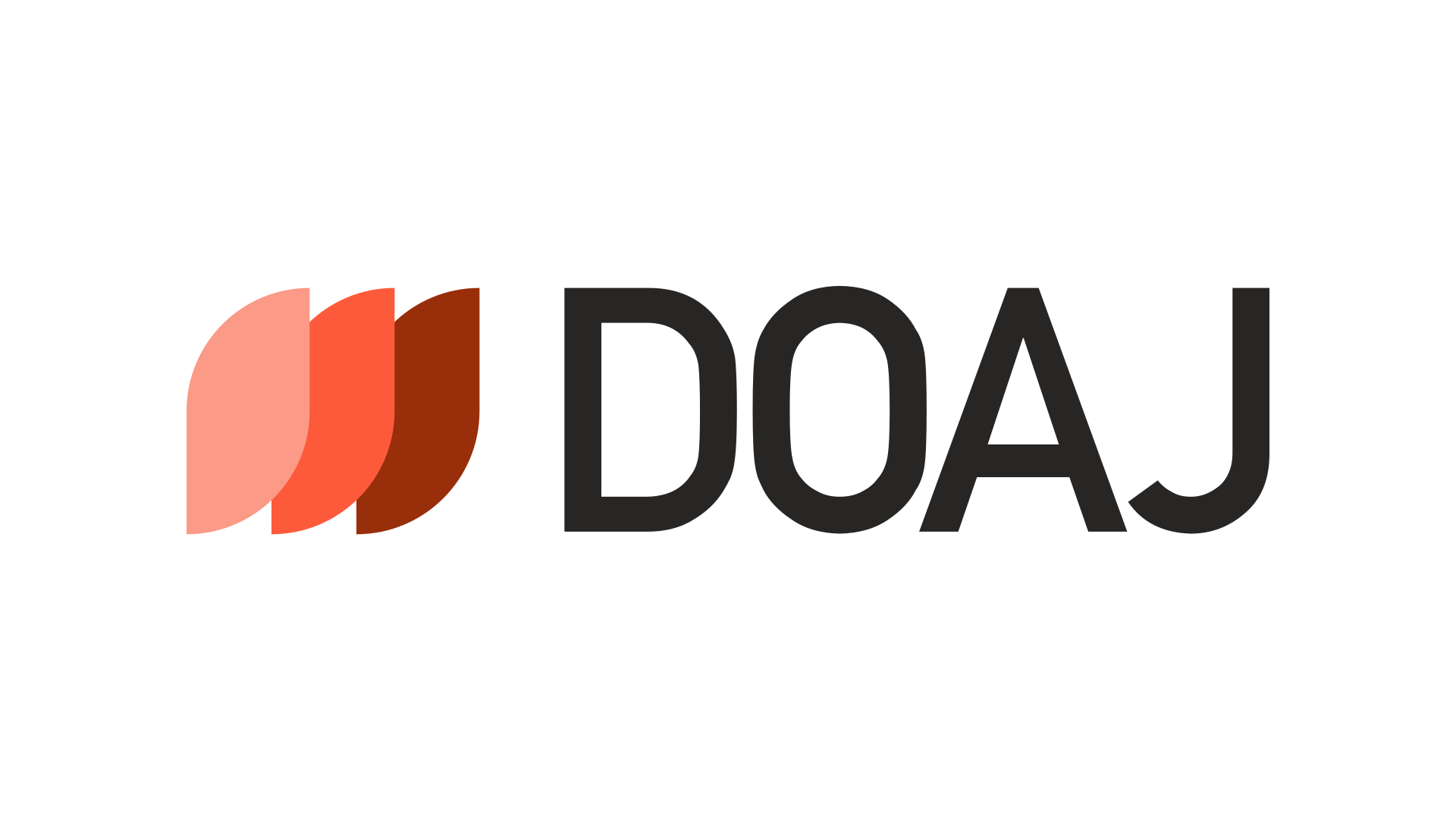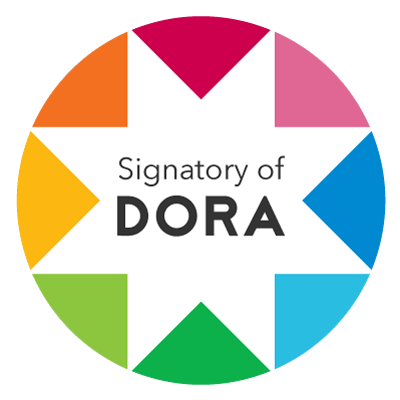Abstract
This article aims to establish what the education potential is of video-interviews with Shoah survivors that have been made available as historical sources for learners in secondary schools. It does so by looking at some of the learner tasks pertaining to one selected video-interview and by using empirical data consisting of masters students’ responses to the same interview. After contextualising the research within the intersecting field of video-testimony and Holocaust education, a brief overview of the DVD medium called “Zeugen der Shoah” (“Witnesses of the Shoah”) is presented. Thereafter the tool used for the analysis is explained. According to three dimensions of the tool, some learner tasks pertaining to the selected interview are then analysed. These dimensions are: making own scientific knowledge, learning empathy and positioning learners as collectives. The findings are discussed with examples from the reception study with the masters students. Results show that the tasks strongly encourage abstract-theoretical and empathetic thinking and also that they encourage cooperative learning. There is evidence that a top-down type of pedagogy (moral lecturing) was purposefully avoided.
Acknowledgements
I would like to thank the Alexander von Humboldt Foundation for making this research project financially (and in other ways) possible. I would also like to thank my academic hosts at University Duisburg-Essen, Prof. Dr. Markus Bernhardt, as well as Prof. Dr. Matthias Proske at the Universität zu Köln, for their kind cooperation, facilitation, and for their constructive feedback on earlier drafts of this paper.
DOI
http://doi.org/10.5038/1911-9933.11.2.1494
Recommended Citation
Morgan, Katalin Eszter
(2017)
"Exploring the Educational Potential of a Video-Interview with a Shoah Survivor,"
Genocide Studies and Prevention: An International Journal:
Vol. 11:
Iss.
2:
88-105.
DOI:
http://doi.org/10.5038/1911-9933.11.2.1494
Available at: https://digitalcommons.usf.edu/gsp/vol11/iss2/9
Creative Commons License

This work is licensed under a Creative Commons Attribution-Noncommercial 4.0 License
Included in
Educational Methods Commons, Humane Education Commons, Interpersonal and Small Group Communication Commons, Oral History Commons



